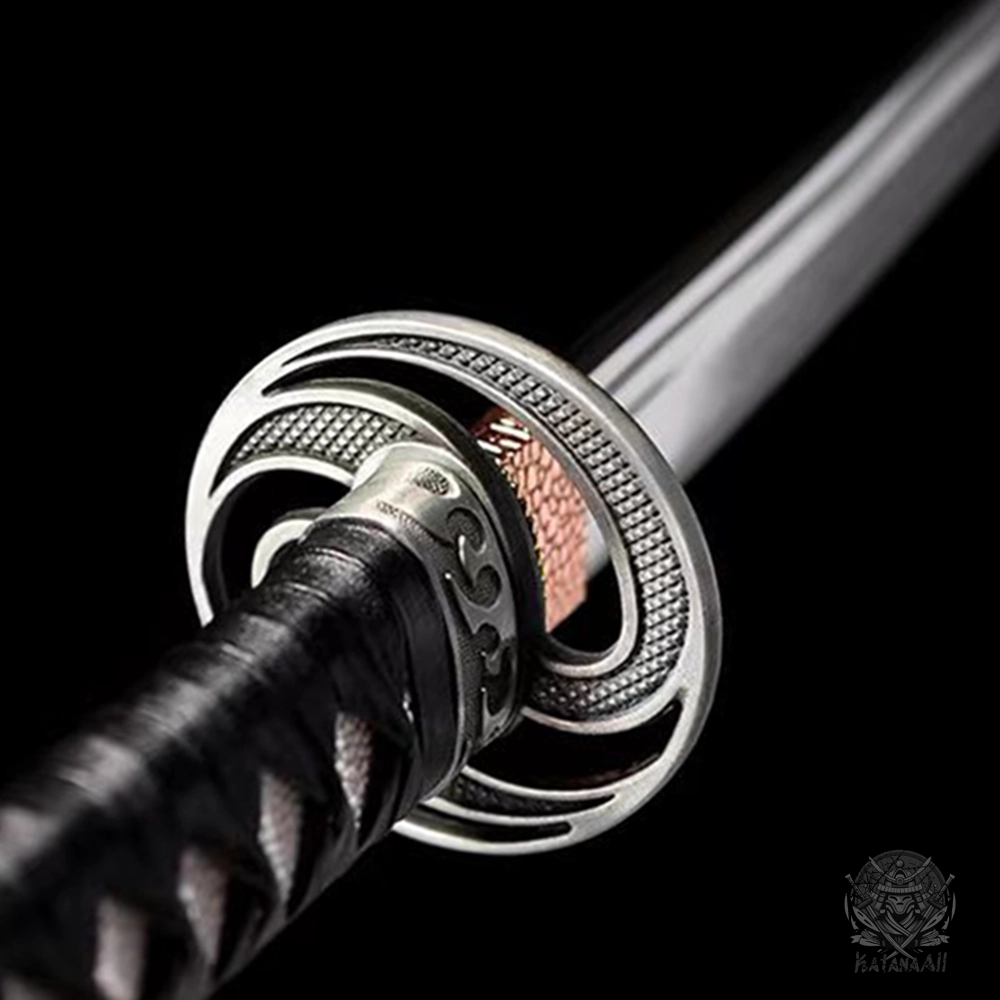Kamakura Period Sword-Making Techniques: Crafting the Blades of Legend

Alright, folks, if you’re into Japanese swords like I am, then you know that sword-making techniques aren’t just a craft—they’re an art form. But what you may not know is that the swords forged during the Kamakura period (1185–1333) laid the foundation for the iconic blades we know and admire today. Now, let me tell you, as someone who’s spent a fair amount of time studying Kenjutsu and collecting katana, the craftsmanship from the Kamakura period is something else. These blades weren’t just weapons—they were symbols of strength, honor, and tradition.
So, let’s talk about Kamakura period sword-making techniques, and why they still influence modern bladesmiths today. You’ll see why these swords are considered true works of art.
The Kamakura Period: The Birth of the Samurai Sword
First off, the Kamakura period is often considered a golden age for sword making in Japan. During this time, the country saw the rise of the samurai, and with it came the demand for high-quality swords—blades that were not only sharp but also durable enough for combat. If you’ve ever watched a samurai film or studied the history of Japanese swords, you probably know that these swords had to be more than just sharp—they had to be strong, flexible, and capable of delivering precise strikes.
Kamakura period swordsmiths were experts in forging swords that had the right balance between these qualities. They used a variety of innovative techniques that changed the way swords were crafted forever.
Key Features of Kamakura Period Sword Making
| Feature | Why It’s Significant |
|---|---|
| Tamahagane Steel | Kamakura swordsmiths used tamahagane (high-carbon steel), which was forged from iron sand and produced a tough, flexible blade. |
| Differential Hardening | The process of differential hardening gave the katana its signature curve, with a hard edge and a softer spine. |
| Folding Process | While folding didn’t start in the Kamakura period, the techniques used during this time laid the foundation for later methods like the folded steel we see today. |
| Hamon (Temper Line) | The hamon, the wavy temper line on the blade, was a key feature of Kamakura swords, signifying the blade’s strength and flexibility. |
Now, here’s where things get really interesting. These swordsmiths weren’t just throwing steel together and hoping for the best—they were doing some serious science and artistry.
The Role of Tamahagane Steel
One of the most famous aspects of Kamakura period sword-making is the use of tamahagane steel. This steel was made by smelting iron sand in a special furnace, and the process was intense! As someone who’s worked with modern materials, I can’t help but marvel at the craftsmanship that went into producing tamahagane. This steel was tough and durable—perfect for making swords that had to withstand the rigors of battle.
The best part? The steel was folded multiple times, which created layered patterns and enhanced the strength of the blade. In fact, these swords were designed to deliver clean cuts while maintaining enough flexibility to absorb the shock of striking a target.
The Art of Differential Hardening
The Kamakura period was a time of innovation in sword-making, and differential hardening was one of their biggest breakthroughs. This technique involved heating the blade at different rates, which gave the katana its signature curve and a hard edge combined with a more flexible spine.
Think about it—this isn’t just some random technique. It was about functional beauty—a blade that was strong enough to cut through armor while still being light and flexible enough to perform precise strikes. As someone who’s used swords in martial arts, I can tell you that this balance of sharpness and flexibility is what makes the katana such a perfect weapon.
Hamon: The Signature Temper Line
If you’ve ever seen a real katana, you’ve probably noticed the hamon, the beautiful, wavy line that runs along the edge of the blade. That’s a product of differential hardening. The hamon isn’t just for looks, though. It’s actually a functional feature, indicating the transition between the hard, cutting edge and the softer, more flexible spine. In Kamakura period swords, the hamon was a point of pride, and it’s still something that modern swordsmiths use to measure the quality of a blade.
When I first got my hands on a katana with a strong hamon, I was blown away by the balance and feel of the blade. It’s the difference between a great sword and one that’s just “meh.”
Kamakura Period Swordsmiths: Master Craftsmen
The Kamakura period saw the rise of some legendary swordsmiths, and the blades they forged were in high demand. One of the most famous swordsmiths of the time was Masamune, who is widely considered one of the greatest swordsmiths in Japanese history. The blades crafted by Masamune are still revered today for their strength, sharpness, and beauty.
I’ve studied a few of Masamune’s techniques, and while I can’t say I’ve reached his level, the precision he used in forging swords is something every swordsman can admire. These aren’t just tools—they’re works of art that have been passed down through generations.
Frequently Asked Questions (FAQ)
Q: How can I tell if a sword was made using Kamakura period techniques?
A: The most obvious signs are the hamon (temper line) and the use of tamahagane steel. Kamakura swords often have a distinct curve, a flexible spine, and a hard edge. If the sword has been well-maintained, it should also have a clean, sharp edge.
Q: Why is tamahagane steel so important in sword-making?
A: Tamahagane steel is known for its ability to produce strong, durable blades that hold an edge well. The folding process used in making tamahagane enhances the blade’s toughness and creates beautiful patterns on the surface, which was a hallmark of Kamakura swords.
Q: Are Kamakura period swords still being made today?
A: While no one is making exact replicas of the blades from the Kamakura period, many modern swordsmiths still use the techniques and principles established during that time. These methods, like differential hardening, are still in use today by some of the world’s best swordsmiths.
Q: What kind of sword should I get if I want to practice Kenjutsu?
A: If you’re looking to practice Kenjutsu, a katana forged in the style of the Kamakura period is ideal. The balance, edge, and handling of these swords make them perfect for training, especially for learning the traditional cutting techniques.
Conclusion
The Kamakura period was a turning point in the history of Japanese sword-making, laying the foundation for the iconic blades we know today. The combination of tamahagane steel, differential hardening, and the hamon temper line created swords that were not only functional but works of art. As someone who has spent years studying both the history and craftsmanship of these incredible weapons, I can tell you that the techniques developed during the Kamakura period are still admired by swordsmiths and martial artists worldwide.
So, if you’re looking to dive deeper into the world of Japanese swords, studying the Kamakura period sword-making techniques is the perfect place to start. These blades carry a rich history that’s worth respecting, and holding one in your hands feels like you’re connecting with centuries of tradition and warrior spirit.
